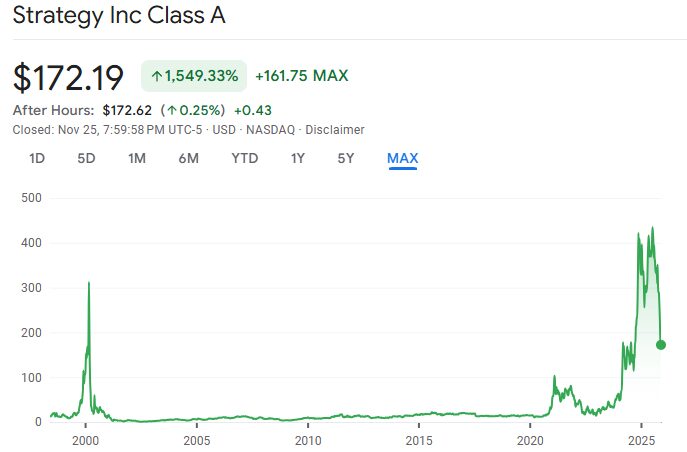Affordable Electricity and Regulatory Gaps Drive Malaysia’s Rise in Unlawful Crypto Mining
- Malaysia's TNB reported $1.11B electricity losses from 2020-2025 due to illegal crypto mining, with 13,827 premises bypassing meters to mine Bitcoin . - Miners exploited low-traffic warehouses and homes to evade detection, consuming energy equivalent to entire residential blocks. - TNB deployed smart meters, AI analytics, and joint enforcement operations to combat theft, but cases surged 300% since 2018. - Legal gray areas persist as crypto mining remains unregulated, prompting calls for Shariah-complian
Malaysia’s main electricity provider, Tenaga Nasional Bhd (TNB), has disclosed that unauthorized cryptocurrency mining activities
These illegal mining operations, which are often set up in low-profile areas like warehouses and homes,

However, regulatory hurdles remain. Although mining cryptocurrencies is not explicitly illegal in Malaysia, enforcement depends on the Electricity Supply Act, which forbids tampering with meters and unauthorized grid access. The lack of a dedicated licensing system for mining has created legal ambiguities, making it harder to regulate the sector. Advocacy organizations, including the ACCESS Blockchain Association, have urged the government to introduce clear regulations, such as Shariah-compliant frameworks and energy pricing linked to sustainability, to leverage Malaysia’s low electricity costs and attract legitimate investors.
Public education initiatives have also expanded, with TNB receiving 1,699 reports of illegal mining between 2020 and 2024. Major enforcement actions, like a police raid in March 2025 that confiscated $1.25 million in mining equipment, highlight the authorities’ determination to address the issue. Still, as miners frequently move to new locations to escape detection, officials continue to face challenges in protecting the power grid and recouping losses.
---
Disclaimer: The content of this article solely reflects the author's opinion and does not represent the platform in any capacity. This article is not intended to serve as a reference for making investment decisions.
You may also like
Bitcoin Updates: Bitcoin Approaches $90k Amidst Economic Challenges as Institutions Seek Protection and Projects Drive Innovation
- Bitcoin surged past $90,000 in Nov 2025 amid JPMorgan's Bitcoin-backed structured notes tied to BlackRock's ETF, signaling institutional adoption. - Bitcoin Munari's $0.10-$3.00 presale with 21M fixed supply and Solana deployment highlights innovation in digital asset scarcity models. - Analysts remain divided on Bitcoin's trajectory, with $80,000 support level critical for avoiding further declines toward $75,000. - JPMorgan's leveraged ETF-linked notes (up to 16% returns) demonstrate institutional risk
The ZK Protocol Boom: Unveiling the Driving Force Behind the Latest Surge
- ZK Protocol's 2025 market surge reflects $28B TVL and 43,000 TPS scalability, driven by zero-knowledge proofs (ZKPs) addressing blockchain's scalability-privacy tradeoff. - Institutional adoption by Goldman Sachs and Deutsche Bank highlights ZK's role in compliance frameworks, with StarkNet's 200% Q4 TVL growth and 70% gas fee reductions. - Regulatory alignment emerges as key strength, with ZK-based solutions enabling EU DSA compliance and CISA-mandated data integrity through cryptographic verification t

Is DAT Boom Collapsing? All Eyes on MSCI’s Deadline

Bitcoin Updates: Senate Decision on Crypto Approaches While ETFs Lose $3.5B and Market Liquidity Declines
- A $101M crypto futures liquidation in October triggered a 30% Bitcoin price drop, marking the largest single-day selloff since 2022 amid ETF outflows and macroeconomic uncertainty. - $3.5B in November ETF redemptions and $4.6B stablecoin outflows highlight liquidity tightening, while leveraged traders face heightened volatility risks as retail investors retreat. - The U.S. Senate's upcoming crypto market structure bill could redefine regulatory clarity, potentially attracting institutional investment if
